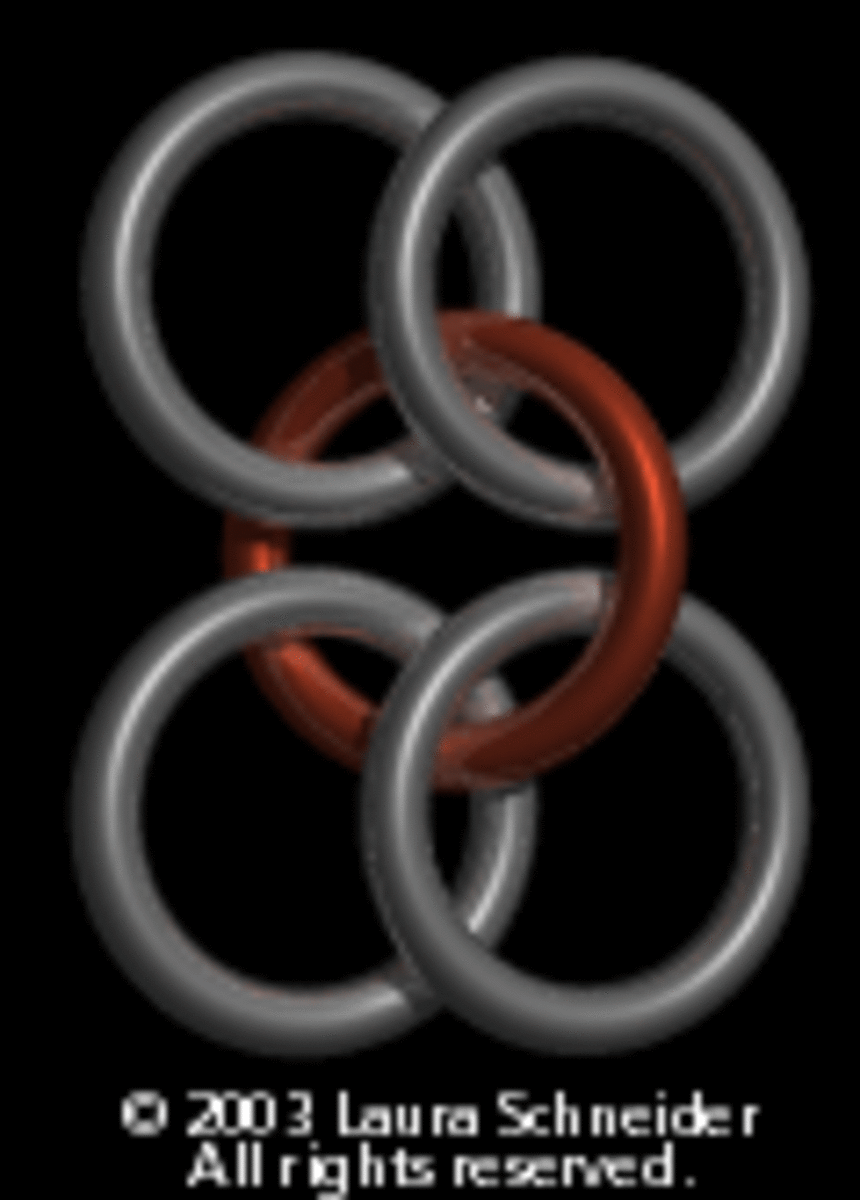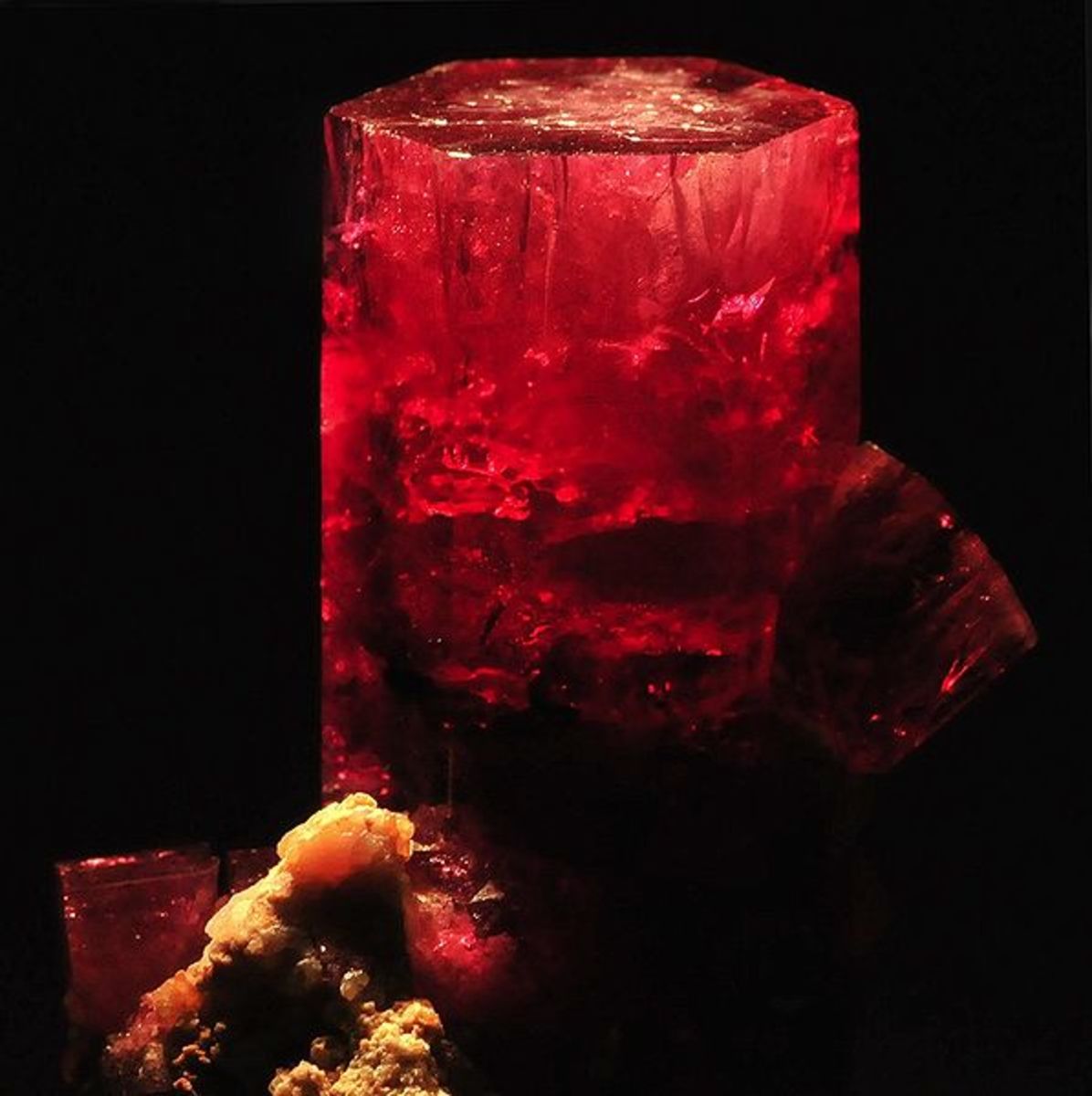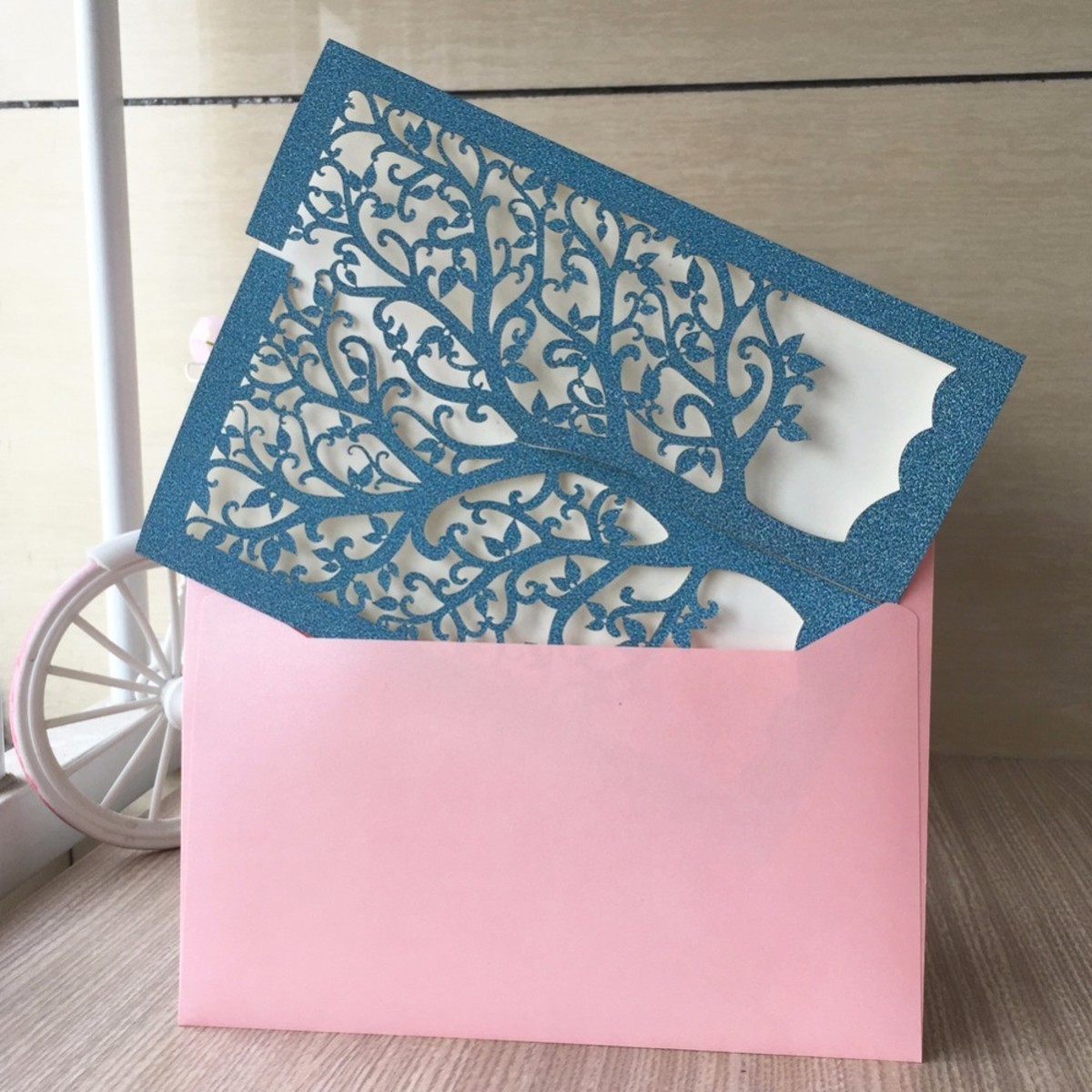Set a Heart Gemstone in a Prong Setting
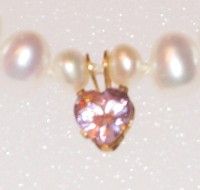
How to Set a Heart Stone
Do you have the perfect heart-shaped gemstone? If you have a setting you may want to set the stone yourself. If you are giving the heart as a gift, setting it yourself gives it a personal touch, plus it can save you a lot of money. V-prongs protect the delicate points of stones cut into heart, marquis, and pear shapes. If you have a bit of patience and relatively steady hands, you can set these stones yourself. Here's how!
Heart Stone Setting Overview
Why would you want to set your own stones? First, there's the money... its costly to have someone else do it for you. Second, there's the personal satisfaction of doing it yourself. Third, it's fast and not terribly difficult. You will need to have fairly steady hands (don't down double espressos to jazz yourself up), patience (don't force things... take your time), and it's best to start out with inexpensive materials so that you don't feel stress over potentially ruining an investment (and that's why it costs so much to get someone else to set your stones). You can use the steps here to set a stone with prongs only, but I figured I'd cover my bases by including a setting with a V-prong.
Materials to Set a Heart Stone
Setting
I used a cast sterling silver basket setting to accept a faceted heart-cut stone. The heart shown in the top photo was set using a snap-tite setting, which is a flat-back setting with prongs that you simply snap the stone into and presto! You're done. That stone was cubic zirconia, so if it got damaged I wasn't going to lose any sleep. The stone in the tutorial is a hand-cut garnet, so I went with the silver basket because it allowed more light to enter the stone to show off its colors and because the way the stone was cut meant it wouldn't necessarily fit in a standardized snap-setting.
Stone
Calibrated stones yield a more assured fit. The depth of a stone will vary, so not all settings will accept all stones of a certain size. Stones that aren't calibrated usually are much less expensive, but they can be tricky to set.
Smooth Jaw Pliers
I used flatnose pliers, but you could use stone-setting pliers or nylon-jaw pliers (which I recommend, if you plan on setting stones often). No teeth or you will scratch the setting!
Loupe or Magnifying Glass
Optional, but nice to have.
Skill Level
Suitable for beginners, but don't use a really expensive stone until you are sure of yourself.
Time Required
Seconds to half an hour... depends on skill.
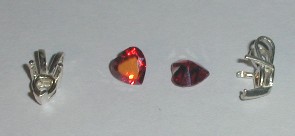
Setting Your Heart - Getting Started
V-prong settings protect delicate points of stones. It's also possible to find settings that use prongs on either side of a point or a single prong over the point. It's your choice which to use, but I definitely recommend using a V-prong for jewelry that will get knocked around (as for a ring). Here's a photo of a couple of faceted heart stones and cast basket settings. See the little notch or 'V' where the point of the heart will sit? Your first step is to determine whether or not your stone will fit the setting. You can usually just slip the stone into the setting and see whether or not it will sit level within the setting. Sometimes you'll need to use pliers to work the prongs outward a bit. Some stones are too deep to fit the setting. It's important that point of the V allows space or a void to protect the tip of the stone. If you have a loupe, it's easy to check. If the V doesn't allow a bit of space, don't proceed. If you have the skill, you can use a bur to cut the seat in the V-prong to accommodate the stone. (If you don't want to know how, skip to the next section.) To do this, start by cutting a line on the inside of the prong where you want the girdle of the stone to be. Make sure the line is straight and level. Don't cut more than 1/3 the thickness of the prong. You can always cut more, but you can't cut less! Now turn the bur 90° and cut a straight line down the center of the prong. The two cuts will form a cross shape. Now cut a shallow hole in the center of the cross to create the space for the tip of the stone. The hole should allow for space both above and below the tip of the stone. Trim any excess metal and polish the seat. Now you can continue to set the stone.
Seat your stone in the setting. Double check to make sure the stone is level and that there is no stress (metal) on the point of the stone. For heart or pear stones, bend the V-prong over the stone first, then secure the other prongs. For a marquis stone, bend the normal prongs first and the V-prongs next. In any case, think of the process as similar to putting a tire on a car. With the car, you put the tire on, tighten opposite lug nuts slightly until the tire is 'on' and then fully tighten the nuts. It's the same with setting stones. You bend a prong over the stone partway, bend the prong on the opposite side, work your way around the stone, and finally tighten everything to its final position (checking the position of the stone periodically throughout the process). The V-prong protects the points rather than holds the stone, so it needs to rest against the crown of the stone but doesn't exert pressure.
Learn More about Stonesetting

Positioning the Prongs
There are several ways that you can push the V-prong down. You can use a prong pusher to roll the metal over the stone. To do this, push on one side of the V, then the other, alternating sides until the prong is tight against the stone. Pliers with polished jaws can also be used (the method I use). Place one jaw at the top of one side of the V, and the other jaw at the base of the opposite side of the prong. Gently squeeze one side down a little, then reverse the position of the pliers and move the opposite side. Alternate sides until the prong is onto the crown stone. Alternatively (for thinner settings), you could position the plier jaws at the top outside edges of the V, at the top of the prong above the stone's girdle. Angle the pliers the same as the angles of the crown facets and gently squeeze the jaws together to tighten the metal against the stone. This may form excess metal along a line at the point of the V, which can be removed with a file.
Your method for bending the other prongs will depend on the size of the stone and your preference. Sometimes I use flatnose pliers like a prong pusher to lower alternating prongs. Sometimes I'll anchor the lower jar of the pliers against the bottom of the opposite side of the setting (being careful to avoid marring the setting).
Once the stone is set you can trim and shape the prongs using needle file. Only use a file if it has a polished safety edge. File marks may be removed using an abrasive rubber wheel and polish.
It sounds like a lot of work, doesn't it? In reality, it doesn't need to be that bad! I prefer to purchase calibrated stones and then I am very, very careful to not mar the setting or the shapes of the prongs, so that I don't need to play extensive clean-up games.
More Advanced Instructions

Questions about this stonesetting project or comments about the lens? Here's the place for them!

